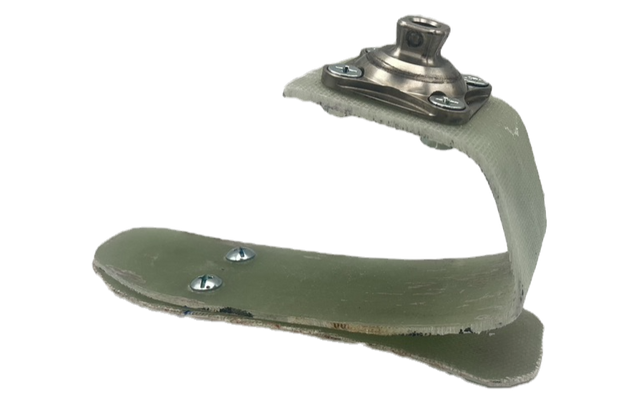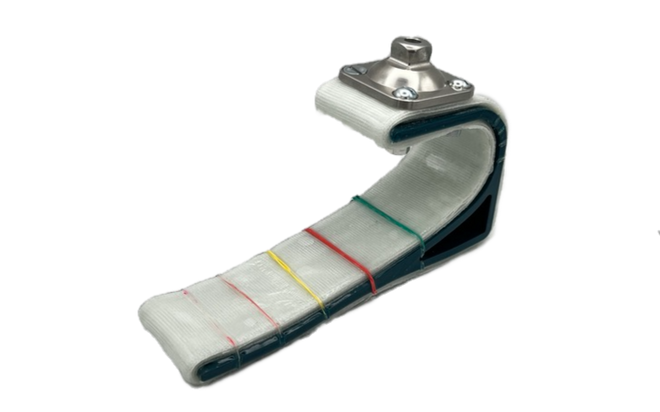top of page

DESIGN
Design Evolution
From the first to the third senior design team, the prosthetic foot has taken on many iterations. Design evolution is a critical destination on the road to excellence. Over the past few years Step Up prosthetics has developed several designs in the search to optimize quality, prioritize ease of manufacturing, and to minimize cost.
Manufacturing
Learn about the design process of the current Step Up Prosthetics foot.
bottom of page



